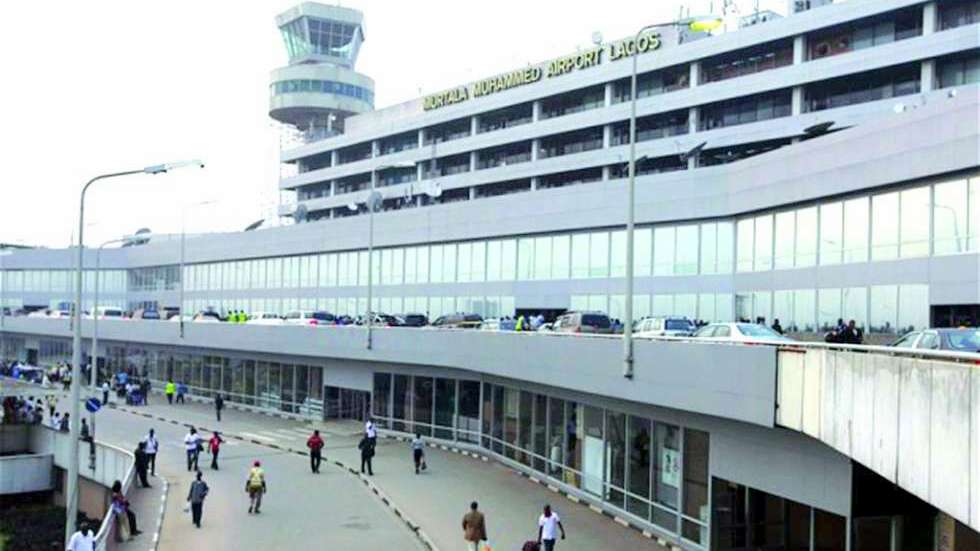The Federal Airports Authority of Nigeria (FAAN) has announced yet another closure of Runway 18R/36L at Murtala Muhammed International Airport (MMIA) in Lagos, scheduled for Monday and Tuesday, March 3 and 4, 2025. This 3.9km runway, a critical artery for international flights, will undergo rehabilitation work on its A2 Taxiway-link, just two weeks after reopening from an exhaustive 11-month maintenance shutdown. The brevity of its operational window underscores both the urgency of the repairs and the fragility of Nigeria’s aviation infrastructure.
The decision, detailed in a memo dated February 28, 2025, from FAAN’s Head of Operations, Mrs. J.U. Nwosu, highlights the necessity of the closure. Addressed to the Airport Manager and Regional General Manager for the Southwest Region, the memo cites “protruding construction equipment” as a potential hazard to landing and departing aircraft during the asphalt phase of the rehabilitation. Safety, not convenience, dictates this move—a point emphasized by FAAN’s directive to leverage the alternative runway, 18L/36R, during the two-day period.
This isn’t the first time Runway 18R/36L has been sidelined. In March 2023, FAAN shuttered it for what was meant to be an eight-week maintenance stint. That closure ballooned into nearly a year, disrupting air traffic and forcing both international and domestic airlines to rely on the shorter 18L/36R, originally designated for domestic use. The prolonged delay strained schedules and tested the resilience of an aviation sector already grappling with capacity constraints. The runway’s recent reopening offered a fleeting reprieve—spanning 3,900 meters long and 60 meters wide, it restored a vital lifeline for international carriers—only for this new closure to reignite concerns.
FAAN’s latest memo outlines a pragmatic response. While 18R/36L is offline, 18L/36R will bear the full load, bolstered by operational Links 2 and 3 of the taxiway, which now provide international airlines an alternative route. Yet, the authority isn’t taking chances. Technical departments are tasked with constant facility inspections—grass management, heightened security, and 24-hour surveillance are non-negotiable. “All measures associated with total runway closure will be applied,” the memo warns, stressing the need for “adequate facility protection.” This vigilance reflects lessons learned from the 2023 debacle, where adaptability was stretched thin.
The timing of this closure, so soon after the runway’s return to service, raises questions about planning and durability. An 11-month overhaul should, in theory, have addressed underlying issues, yet the need for further work suggests either unforeseen complications or a phased approach to rehabilitation. The protruding equipment cited as the trigger points to ongoing construction rather than a structural failure, but it’s a stark reminder of MMIA’s aging infrastructure. Lagos, Nigeria’s commercial hub, relies heavily on this airport, and repeated disruptions risk economic ripple effects—delays for passengers, cargo bottlenecks, and added costs for airlines already navigating razor-thin margins.
For travelers and operators, the shift to 18L/36R offers a stopgap but not a cure. Shorter and less equipped for the heavy traffic of international jets, it managed during the 2023 closure, but not without friction. Airlines adjusted, schedules flexed, and passengers endured. This time, the two-day window is mercifully brief, yet it tests a system still recovering from the last upheaval. FAAN’s assurance of operational continuity hinges on flawless execution—any lapse in security or maintenance could amplify the disruption.
The broader implications loom large. MMIA is a microcosm of Nigeria’s infrastructure challenges—ambitious in scope, yet perennially constrained by execution. The runway saga mirrors issues seen elsewhere: reactive fixes over proactive investment, and short-term resilience over long-term stability. That Links 2 and 3 now ease the burden is a silver lining, but it’s a patch, not a foundation. The aviation sector, a lifeline for Nigeria’s global connectivity, deserves more than serial stopgaps.
As March 3 approaches, FAAN’s focus on safety is commendable, but the recurrence of closures demands scrutiny. Why, after nearly a year of repairs, is more work needed so soon? Is this a sign of deeper systemic strain? For now, Lagos braces for another test of adaptability. Runway 18R/36L may reopen on March 5, but the clock is ticking on how long Nigeria’s busiest airport can lean on temporary measures before the cracks become too wide to ignore.











Leave a comment